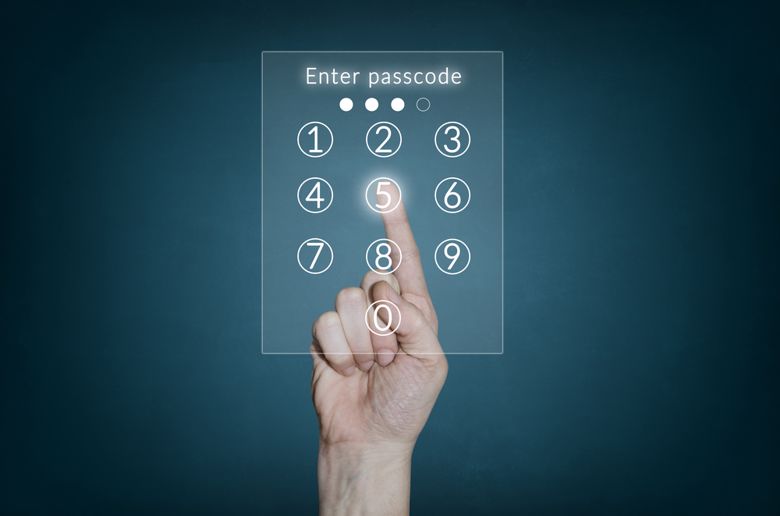If someone gets hold of your phone, tablet or computer, and there’s no lock screen, the thief suddenly has access to everything on your device. While some of your apps will require passwords and multifactor authentication, many apps, like your photos and notes, typically do not.
Also, if you don’t log out of your social media or email accounts on your devices, the thief can have a field day pretending to be you.
For this reason, you should have a lock screen installed on your device, and it should be difficult to get past.
Here are some tips for making your phone, computer or tablet as secure as possible.
Shorten the automatic lock time
Based on your settings, your device will lock automatically when untouched for a long time. This ensures that if you walk away from it without remembering to lock it, it won’t remain open and accessible forever. The shorter the amount of time, the safer your device becomes.
Most smartphones, tablets and computers have an option to increase the speed at which your device locks on its own. Consider how often you pause while using your devices, and how long that pause lasts. Do you go over a minute without touching your device while actively using it, or do you usually touch it at least every 30 seconds or so? Either way, enable the device to immediately lock after as short a period of time as you are comfortable with.
Use a secure code
When we say a “secure” code, we don’t just mean a longer passcode. In fact, six-digit passcodes on smartphones are not typically more secure than four-digit passcodes, according to a study conducted by a team of IT security researchers. This is because people often select passcodes that are very easy to guess — two of the most common being 123456 and 654321. Despite the fact that there are over 1 million possible combinations for six-digit passcodes and only 10,000 for four-digit passcodes, smartphone users sometimes don’t take advantage of the added possibilities.
To make a passcode more secure, make it something difficult to guess. This means avoiding consecutive or repeat numbers. It also means resisting the urge to make it the easiest series of numbers for you to remember, like your birthday. More people may know personal information about you than you think, and they could use this information to access your devices.

Set a complicated pattern
Many devices have the option to set a pattern lock instead of a passcode. Some people feel that patterns are harder to guess than passcodes because a pattern can’t possibly be personalized. However, some patterns are just simple shapes, like squares, triangles or uppercase L’s, which are easy to guess.
Not only that, but simple patterns can be incredibly easy for a stranger to decipher when looking over your shoulder. If you use your phone in a crowded area and someone sees the simple shape you draw to unlock your phone, they won’t have a hard time replicating it if they are able to pick your pocket. Choose a complicated shape for your passcode, and always enter it quickly. It also helps to refrain from unlocking your phone when there are strangers in close proximity.
Limit the number of attempts permitted
Most devices also give you the ability to decide how many times a person can guess your passcode before it disables login attempts. Some people don’t like to set this number too low because it’s very possible for an owner of a device to put in the wrong passcode occasionally. However, giving a potential thief as few guesses as you’re comfortable with before the device locks them out is a great way to protect your privacy.
Total Defense can help you enhance your security practices. For more tips, visit our website.





